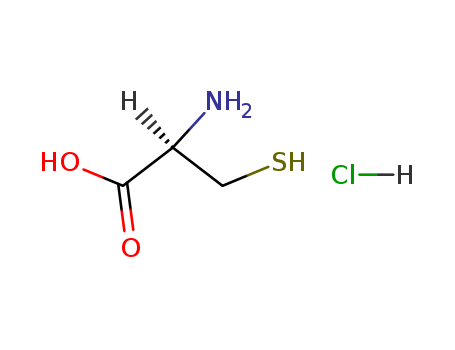10.1016/S0040-4039(98)01657-8
The research aims to develop an efficient synthesis of a peptidomimetic compound that mimics the key amino acids of omega-conotoxin MVIIA, a potent analgesic peptide from the cone shell Conus magus. The purpose of this study is to create a low molecular weight, non-peptide antagonist of N-type neuronal calcium channels, which could potentially serve as a more practical alternative to the peptide for treating severe neuropathic pain, given the high potency and non-addictive nature of omega-conotoxin MVIIA. The researchers employed a dendroid approach to attach side-chain mimetics of the key amino acids (Lys-2, Arg-10, Leu-11, Tyr-13, and Arg-21) to a dendritic backbone, using phloroglucinol as a core unit and introducing aryl ether linkages through Williamson and Mitsunobu etherifications. The synthesis resulted in the desired peptide analogue with high yield and confirmed its structure through NMR spectroscopy and HRMS analysis. The study concludes that the synthesized compound provides a versatile platform for further molecular modeling, organic synthesis, and biological screening, with ongoing biological evaluation to assess its potential as a therapeutic agent.



 Xi
Xi


